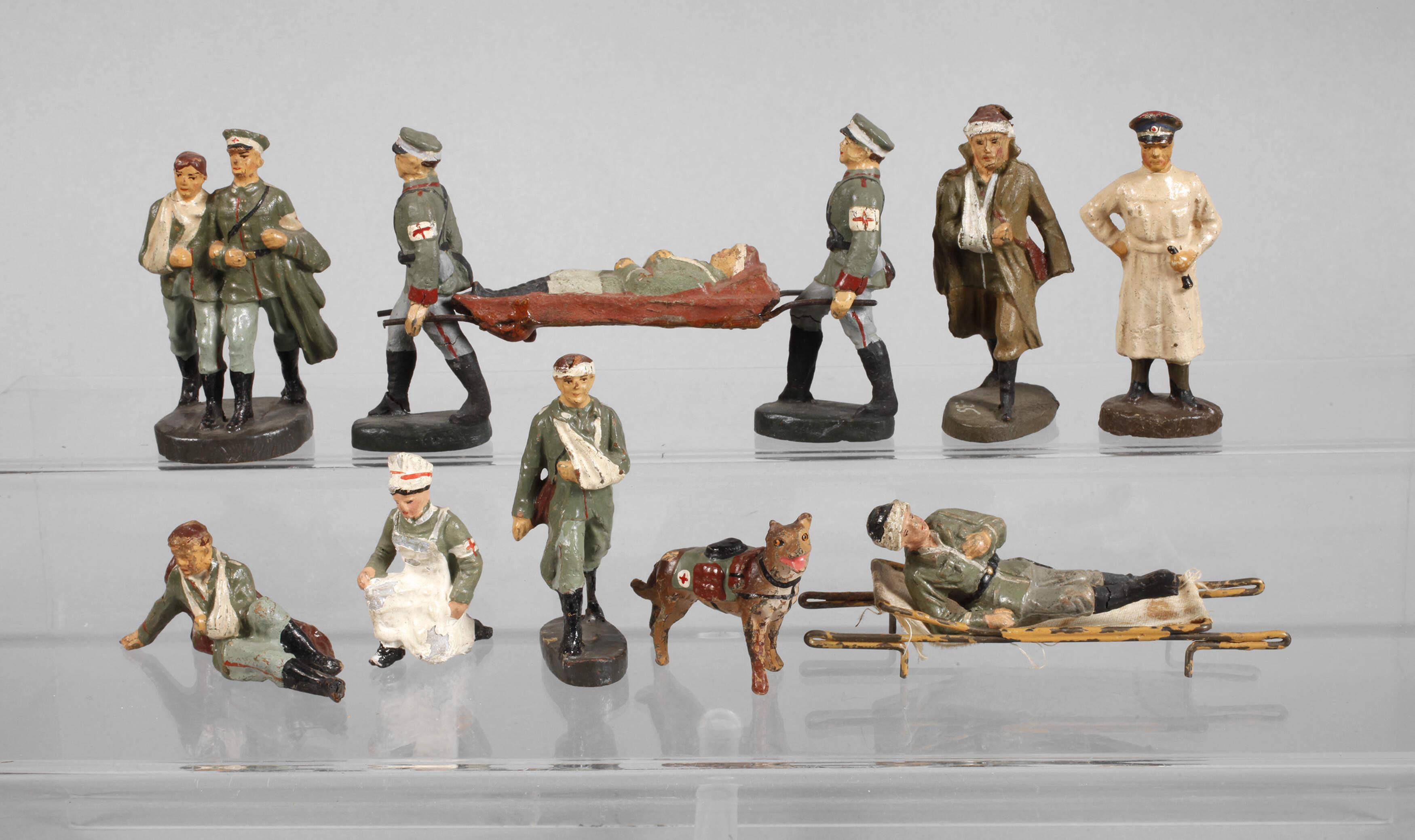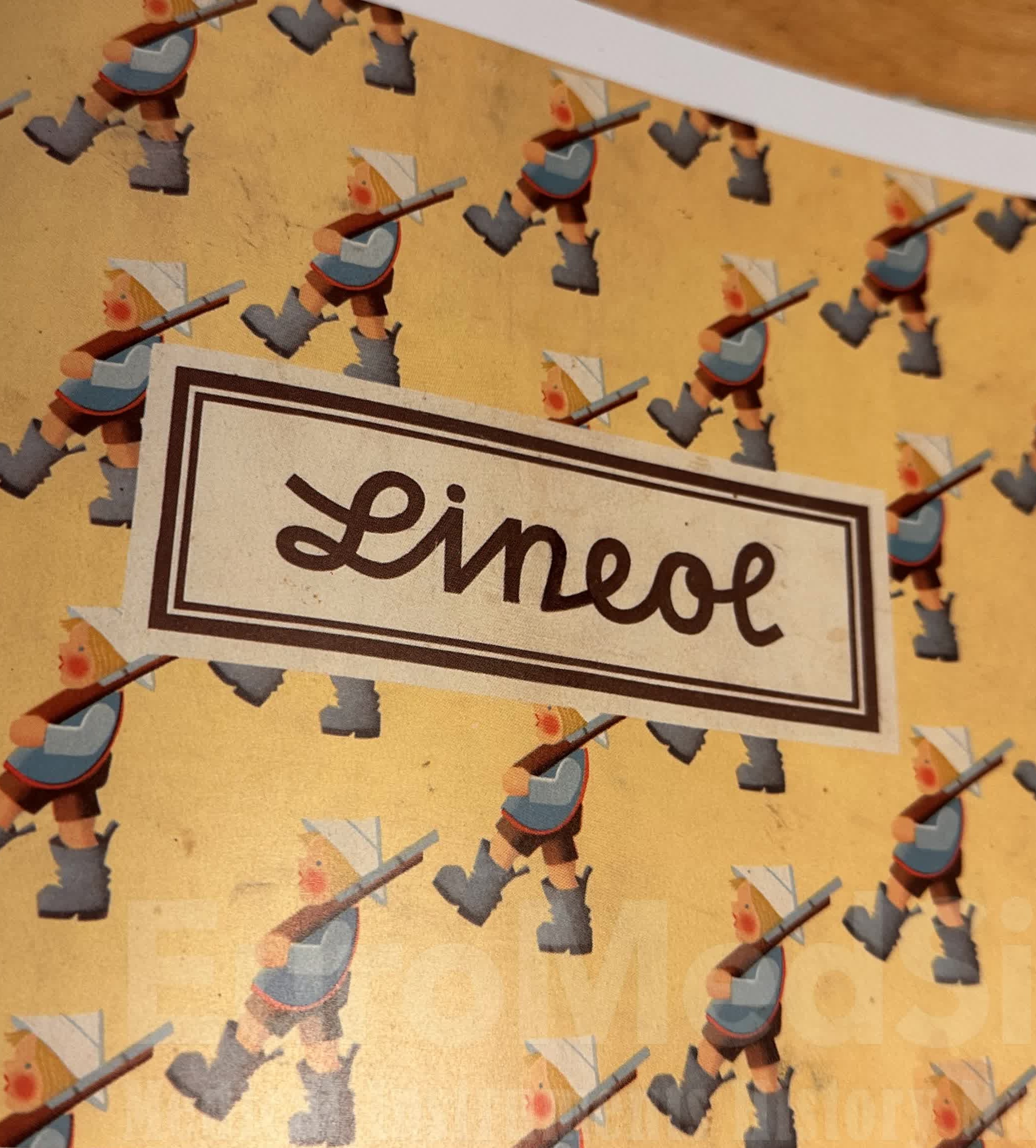Search results4 results
COLLECTION

Germany, 1935
Nurse carrying a bucket, Nr. 5/181. Toy-soldiers, figure, ca. 1935, Lineol, Germany
FIRM

Germany,
Elastolin was a trademark of O. & M. Hausser — a company founded in 1904 by Otto and Max Hausser in Ludwigsburg (Baden-Württemberg, Germany). In 1910, the company began producing parlor games and mass-produced figurines. These mostly depicted soldiers and other war toys and were made from ELASTOLIN - a paste of sawdust, casein, glue and kaolin with wire frames in tin moldes. In 1935 the company moved to Neustadt near Coburg in Bavaria. After the Second World War, production was gradually reduced and the company was finally closed down in 1983. The Elastolin figurines had an oval base (not rectangular like their competitor Lineol).

Germany,
Lineol was one of the leading Germany toy-soldiers manufacturer. The figures were made of LINEOL – combination of linseed oil and tree resin. Besides of military troops there were an extensive collection of the medical personnel – surgeons, combat medics and nurses as well as wounded soldiers. In the 1930s, LINEOL AG employed 300 to 400 people. Today the company operates under the "Lineol Dirk Duscha" brand name.
MUSEUM
Italy, Siena
In the depths of Tuscany, Siena during the Renaissance laid on a busy Via Francigena, trade and regligiouse route connecting Western and Northern Italy and Europe with Rome. Opposite the majestic Siena Cathedral, Santa Maria della Scala is a remarkable testimony to the history of medicine of the Middle Ages and the Renaissance. Founded as early as the ninth century, this institution was more than just an ordinary hospital - it was a beacon of hope and compassion for weary pilgrims making the arduous journey along the Via Francigena to Rome and further to the Holy Land. What began as a simple orphanage grew into one of Europe's most famous hospitals, caring not only for pilgrims but also for sick, destitute and abandoned children. By the 12th century it had established itself as a leading centre of medical care, pioneering techniques that shaped the future of medicine in the region. One of the most striking sights of Santa Maria della Scala is the Pellegrinaio Hall (Pilgrims' Hall), whose colourful frescoes depict medical and charitable activities.